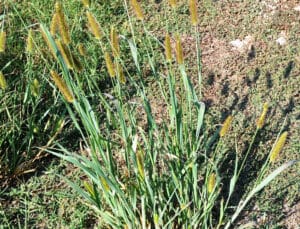Platanus occidentalis
Description
The American Sycamore is very popular for residential landscaping because of its extremely fast growth. In fact, the American Sycamore can gain up to 6 feet per year, growing a thick canopy that provides tons of shade quickly.
You can count on your American Sycamore to grow into a full, symmetrical tree. The tree’s many branches develop large green leaves that turn to gold in the fall, offering good looks and dense growth. This makes it excellent for shielding your home from hot summer weather or allowing in plenty of sun during winter when you need it most. And the Sycamore develops smooth, white bark in the winter, adding additional seasonal interest when other trees look drab.
So, it’s an energy and money-saver. Even better is the fact that it’s easy to grow too…adaptable to moist soil types, thriving in both warm and cold climates, and growing well with just a bit of water and sun.
Planting
Find a sunny place in your yard (6 to 8 hours of sunlight daily) with well-drained soil. Dig a hole twice as wide as the root ball. Place the root ball in the hole, backfill the soil, and water to settle the roots. Adding mulch to the base of the tree with help with water retention, though it is not necessary.
Watering
Keep your tree well-watered in its first 3 years. If you get less than 1 inch of rain per week, water your tree. However, if you’re not sure when to water, simply check your soil about 3 inches down. If the soil is dry there, it’s time to water.
Fertilizing
Pruning
You can shape the top of your tree by pruning, though it’s unnecessary. Prune any diseased or dead branches if you see them, as this will maintain the health of your tree.
| Growing Information | |
| Mature Height: | 70 ft |
| Mature Width: | 50 ft |
| Sunlight: | Full to Partial Sun |
| Bloom Time: | |
| Growth Rate: | Fast |
| Grows Well in Zones: | 4-9 |
| Your Growing Zone: | 6 |





